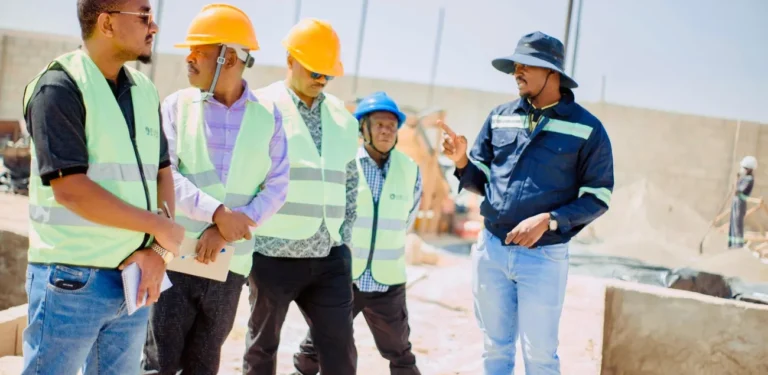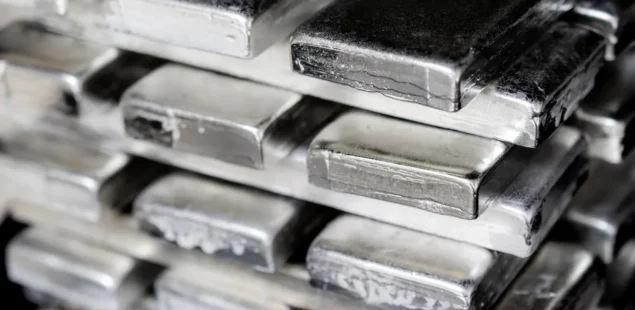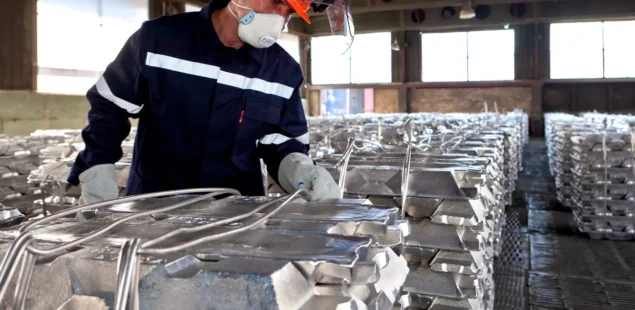
Barrick Gold Corporation reported a robust fourth quarter, increasing gold production by 15% and copper production by 33% over Q3, meeting its annual production guidance. Gold cost of sales and total cash costs declined by 3% and 5%, respectively, contributing to improved margins.
For 2024, net earnings surged 69% to $2.14 billion, while adjusted net earnings rose 51% to $2.21 billion. Attributable EBITDA climbed 30% to $5.19 billion, the highest in over a decade. Operating cash flow increased by 20% to $4.49 billion, and free cash flow more than doubled to $1.32 billion. A quarterly dividend of $0.10 per share was maintained, bringing the total annual payout to $696 million, with an additional $498 million allocated to share repurchases.
President and CEO Mark Bristow emphasized Barrick’s focus on sustainable value creation, citing the company’s asset quality, balance sheet strength, and organic growth projects as key drivers of long-term success. North America, Africa, and the Middle East operations met their production targets, while the Latin America and Asia Pacific region fell slightly below guidance due to a slower-than-expected ramp-up at Pueblo Viejo. Further upgrades are planned for Pueblo Viejo in 2025 to enhance throughput and recovery.
Reserve growth remained strong, with attributable proven and probable gold reserves increasing by 17.4 million ounces to 89 million ounces at 0.99 g/t, a 23% rise before 2024 depletion. Attributable copper mineral reserves also saw a substantial increase, growing 224% year-over-year to 18 million tonnes at 0.45% copper grade, reflecting the completion of feasibility studies at Lumwana and Reko Diq. The Fourmile project advanced to prefeasibility following a successful 2024 drilling program.
For 2025, gold production is projected between 3.15 to 3.5 million ounces, excluding the temporarily suspended Loulo-Gounkoto operation. Copper production is expected to rise to 200,000–230,000 tonnes, supported by increased output from Lumwana.
Bristow reaffirmed Barrick’s commitment to constructive engagement with the Malian government, expressing confidence in reaching a mutually beneficial resolution. Despite investor concerns over Mali, Barrick has increased share repurchases and renewed its $1 billion buyback program. He highlighted the company’s self-funded growth strategy, avoiding costly mergers and equity issuance while maintaining a focus on high-quality Tier One assets and reserve replacement.



